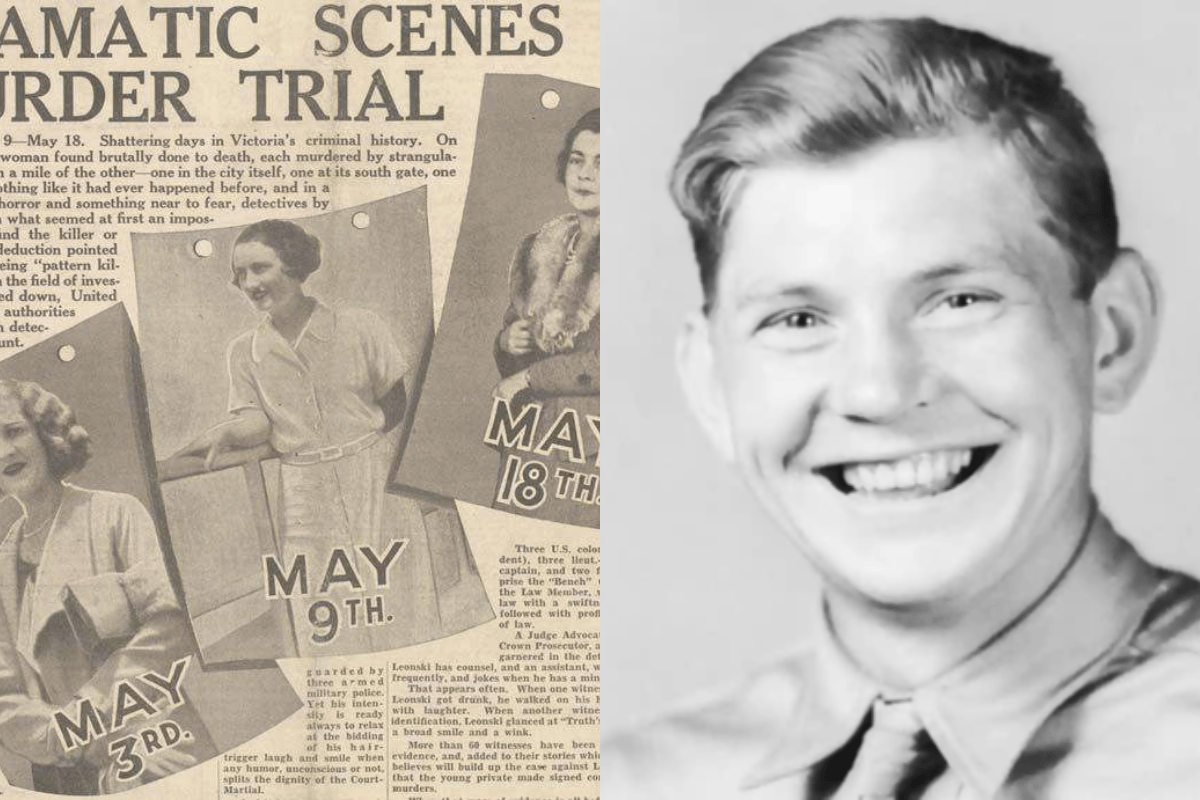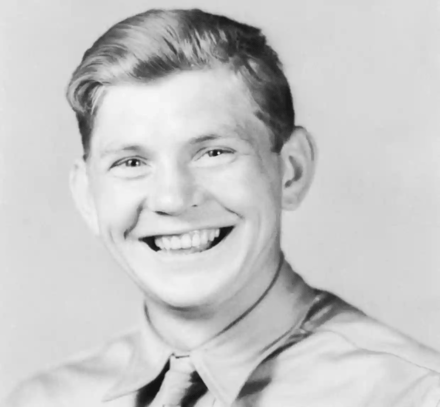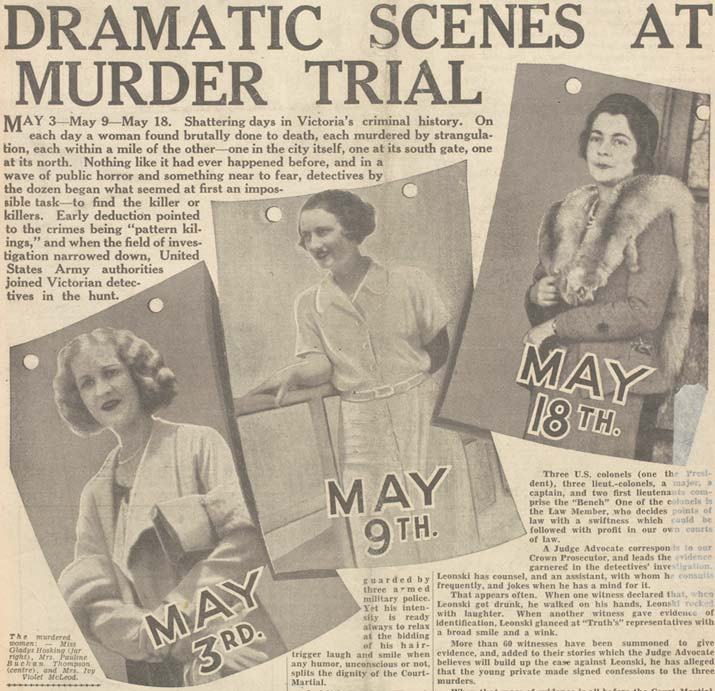
Warning: This post mentions murder and graphic descriptions and might be triggering for some readers.
Edward Leonski was a handsome, tall private in the US Army, stationed in Melbourne alongside 15,000 other troops in the early 1940s.
The American soldiers were big, burly and a shining picture of the 'American dream', with their neatly pressed uniforms, generous pay checks to spend however they pleased and big, wide smiles.
But Eddie - while handsome and charming to a fault - was unlike other soldiers. He was unlike anyone, really.
In fact, his reputation amongst his peers was disturbing. Not only was he a drunken show-off, he was prone to worrying bouts of violence. If he wasn't serving breakfast to those in Camp Pell - where he and the other soldiers were living while in Melbourne - he was falling into an inebriated, vicious stupor.
There was something else about Eddie too, something much more sinister. He had an obsession with women's voices.
It was an obsession that would turn him into a killer war-time Melbourne would come to know as 'The Brownout Strangler.'
Listen: to this week's True Crime Conversations delve into the case. Post continues.
Leonski had a troubled upbringing.
The sixth child of Russian-Jewish immigrants, his childhood home in New Jersey was one regularly exposed to vicious beatings and drunken cruelty by his father.


